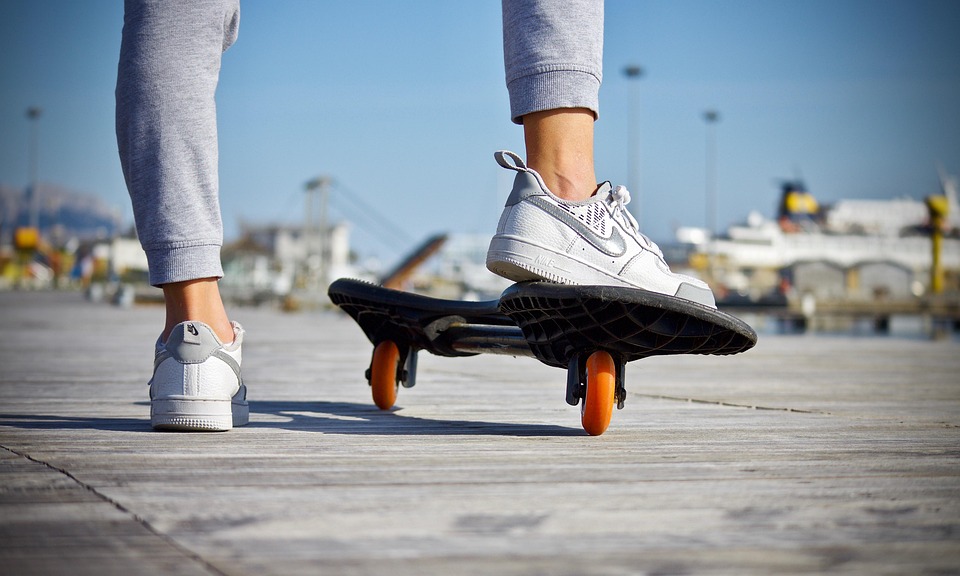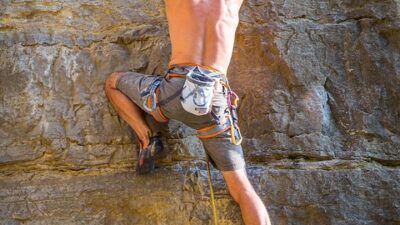When you think of skating, what comes to mind? For many, it might be the exhilarating rush of gliding across ice or the rhythmic movements on a wooden board. Skating, in its many forms, has evolved from ancient practices to a highly popular global sport that unites millions, transcending geographical and cultural barriers. This article explores the fascinating history of skating, its evolution, and its rise as a celebrated global sport.
The Early Beginnings: From Utility to Leisure
The history of skating can be traced back to the prehistoric era, where early humans fashioned primitive skates from animal bones to traverse frozen waters. Archaeological finds in Scandinavia and the Netherlands suggest that these rudimentary skates, dating back over 5,000 years, were primarily tools for survival, enabling people to travel and hunt over icy landscapes.
As cultures progressed, skating transitioned from a means of transportation to a recreational activity. By the Middle Ages, ice skating had become a popular pastime in northern Europe, with the mainstream use of iron blades improving efficiency and safety. This period marked the birth of organized skating events, as variable competitions began to emerge on frozen lakes and rivers.
The Advent of Figure Skating and Speed Skating
The 19th century heralded a new era in the world of skating, as both figure skating and speed skating gained prominence. In 1841, the first recorded public figure skating performance took place in London, leading to the establishment of figure skating as a recognized sport. The combination of agility, artistry, and athleticism drew in spectators, and the first figure skating competition was held in 1871.
Simultaneously, speed skating began to take shape as a distinct discipline. The first international speed skating competition occurred in the Netherlands in 1887, paving the way for the sport’s official inclusion in the Winter Olympics starting in 1924. The technical advancements in skate design and the increasing emphasis on training led to record-breaking speeds and fierce competitions.
The Rise of Roller Skating
As skating continued to evolve, the introduction of roller skates in the 18th century opened up a new avenue for enthusiasts. By the late 19th century, roller skating rinks began popping up across the United States and Europe. The sport gained popularity rapidly, with figures such as the influential roller derby emerging in the 1930s, captivating audiences with its fast-paced action and teamwork.
The innovation of quad and inline skates allowed for different styles of skating, leading to the development of various disciplines, including artistic skating, roller hockey, and aggressive skating. With its blend of creative expression and athletic performance, roller skating became a staple of youth culture by the late 20th century.
Skateboarding: A Countercultural Revolution
The 1970s marked the dawn of another dimension of skating—the emergence of skateboarding. Originating in California, skateboarding combined elements of surfing and traditional skating, capturing the imagination of a new generation. The construction of skate parks in the 1980s provided a dedicated space for skaters to develop tricks and create a vibrant subculture.
With the rise of skateboarding came an explosion of creativity and innovation. The introduction of unique board designs and a plethora of tricks revolutionized the sport. Over the decades, skateboarding progressed from an underground movement to a recognized global sport, culminating in its inclusion in the Tokyo 2020 Olympics.
The Global Impact and Future of Skating
Today, skating has transcended its origins, becoming a multibillion-dollar industry that spans continents. From ice arenas and roller rinks to skate parks, the infrastructure to support skating is vast and varied. International competitions, like the Winter and Summer Olympics, World Skateboarding Championships, and US Figure Skating Championships, showcase the talents of elite athletes.
Moreover, skating promotes community and inclusivity, transcending age, background, and ability. Organizations worldwide advocate for increased accessibility and inclusivity in skating, further reinforcing its role as a unifying sport.
Conclusion
The journey of skating through history is a testament to human ingenuity and the spirit of competition. From practical beginnings on frozen ponds to a worldwide phenomenon, skating embodies a tapestry of cultures, athleticism, and artistry. As new generations pick up their skates, whether on ice, wheels, or boards, the future of skating holds immense potential for innovation and unity, continuing to inspire athletes and fans alike around the globe. So strap on those skates—after all, the history of skating is a journey worth gliding through.



